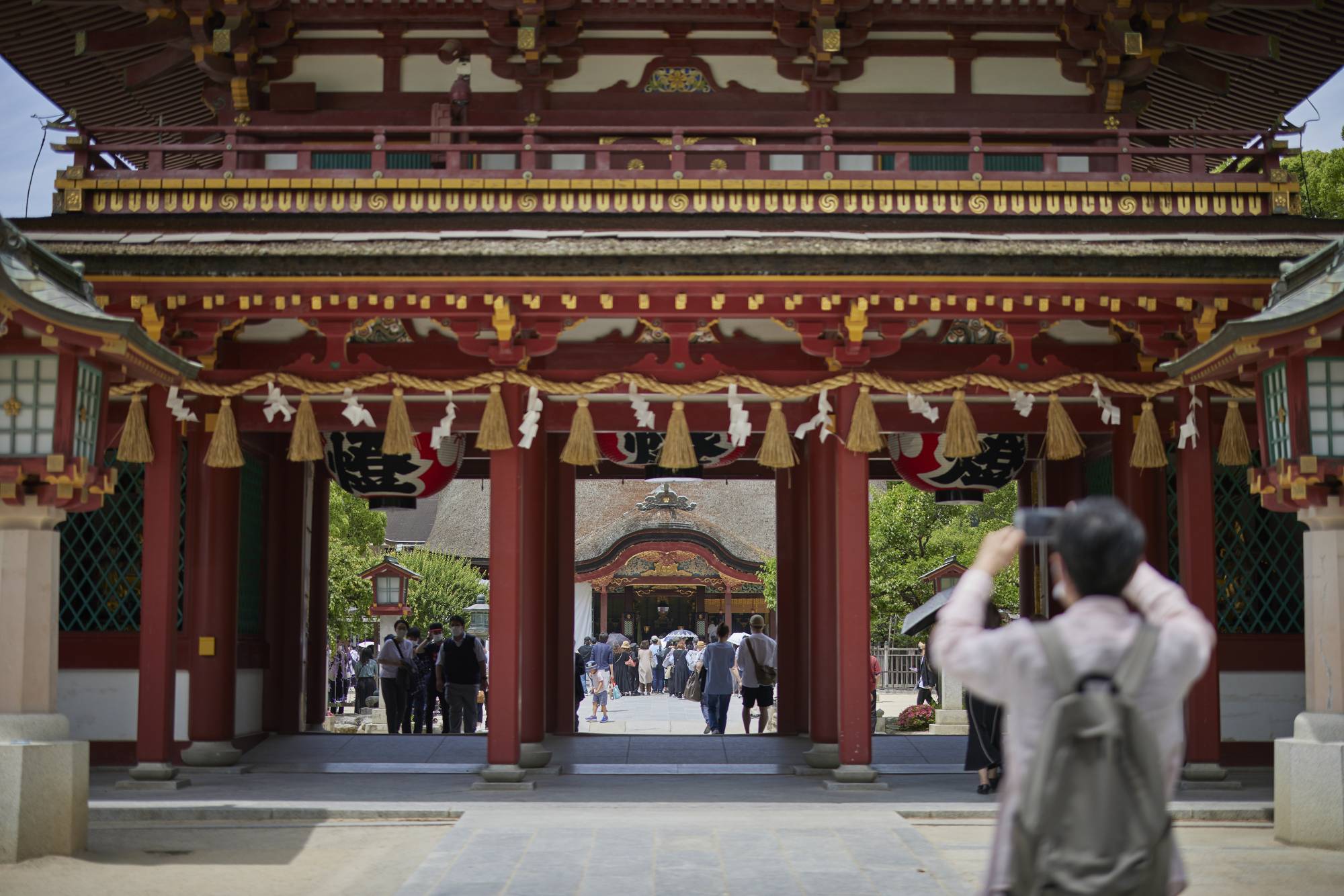Japan opened its borders to inbound travelers on guided tours Friday, with tourism minister Tetsuo Saito saying that tourists will begin arriving in the country as early as next week. But with so many arrangements required to meet government guidelines released earlier this week, it will take time before Japanese airports swarm with overseas travelers again.
Before the influx begins, Japan's travel agencies are poring over the nitty-gritty details to make sure all mandatory changes to their tours are in compliance with the new guidelines.
“We’ve received many inquiries from overseas travel agencies wanting to host tours (with us), so we are considering how they can be conducted based on the guidelines,” said Harumi Kagawa, spokesperson for KNT-CT Holdings Co., the holding company for major travel agency Kinki Nippon Tourist Co.

















With your current subscription plan you can comment on stories. However, before writing your first comment, please create a display name in the Profile section of your subscriber account page.